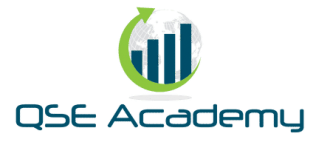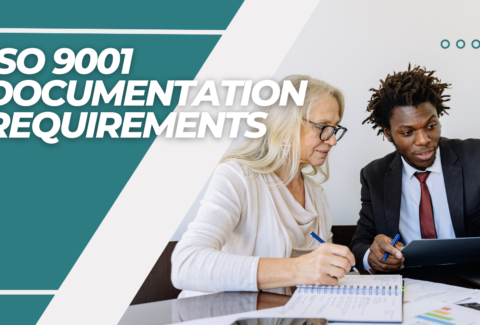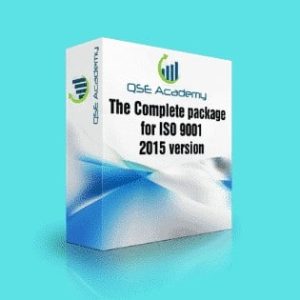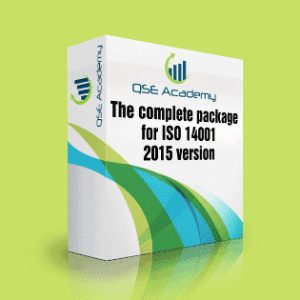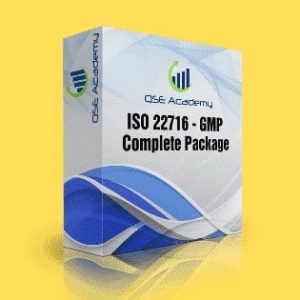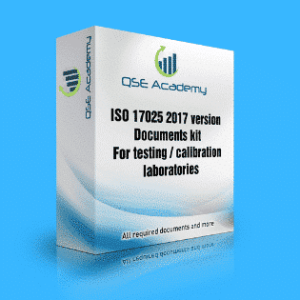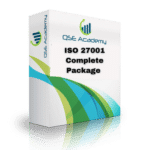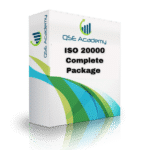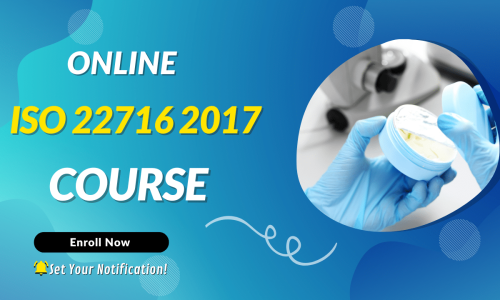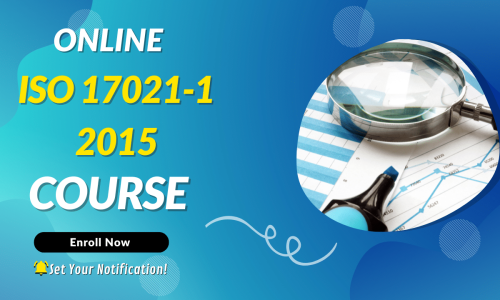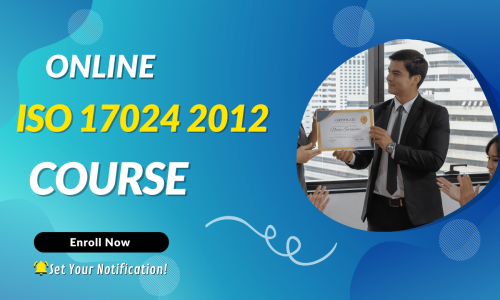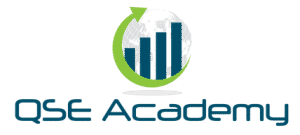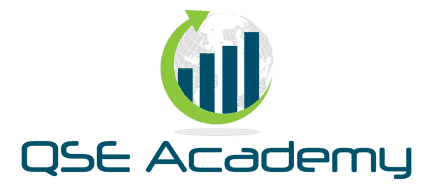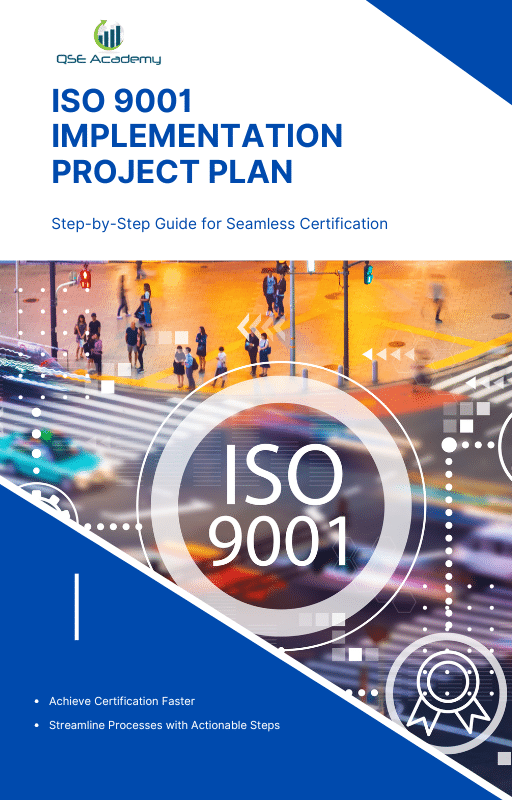ISO 9001 Quality Policy: Guide to Clause 5.2
Mastering ISO 9001 Quality Policy: A Comprehensive Guide to Clause 5.2 Effective Implementation
Implementing an ISO 9001 quality policy is a crucial step in establishing a robust Quality Management System (QMS) in any organization. This article delves into the importance of an ISO 9001 quality policy, how to write and communicate it effectively, and maintain it for continuous improvement.
The Quality Policy is a fundamental aspect of the ISO 9001 standard. It outlines the organization’s commitment to maintaining and improving quality management systems to meet customer requirements and ensure continuous improvement. The policy must be established by top management, be appropriate to the purpose and context of the organization, and support its strategic direction. Furthermore, it should provide a framework for setting and reviewing quality objectives, be communicated and understood within the organization, and be available to relevant interested parties. By establishing a clear and robust Quality Policy, organizations can foster a culture of quality and drive performance improvement.
Understanding ISO 9001 5.2 Quality Policy
1.1. Definition and Purpose
The ISO 9001 quality policy is a document that outlines an organization’s commitment to delivering high-quality products and services, meeting customer requirements, and continually improving its processes. It is an integral part of the ISO 9001 standard, which provides a framework for implementing a QMS that consistently meets customer and applicable regulatory requirements.
1.2. Importance of a Quality Policy
A well-crafted quality policy serves as the foundation for an organization’s QMS, guiding its quality objectives, strategies, and processes. It helps establish a culture of quality, ensuring that all employees understand and commit to the organization’s quality goals.
1.3. ISO 9001 Quality Policy Requirements
The ISO 9001 standard requires that a quality policy be:
- Appropriate to the organization’s purpose and context
- Aligned with its strategic direction
- Committed to satisfying customer requirements
- Committed to meeting applicable regulatory requirements
- A framework for establishing and reviewing quality objectives
- Communicated and understood within the organization
- Available to relevant interested parties
1.4. The Role of Top Management in Quality Policy
Top management plays a vital role in developing, implementing, and maintaining the quality policy. They are responsible for ensuring that the policy aligns with the organization’s strategic direction and fosters a culture of quality throughout the organization.
Writing an Effective ISO 9001 Quality Policy:
2.1. Aligning with Organizational Strategy
The quality policy must align with the organization’s strategic direction, ensuring that it supports overall business objectives. To achieve this alignment, top management should collaborate with relevant stakeholders to identify strategic goals and incorporate them into the policy.
2.2. Incorporating Customer Requirements
Customer satisfaction is a critical aspect of any organization’s success. The quality policy must demonstrate a commitment to understanding, meeting, and exceeding customer requirements. This can be achieved by identifying specific customer needs, setting relevant objectives, and implementing processes to meet those objectives.
2.3. Including Applicable Requirements of ISO 9001
The quality policy must also meet the specific requirements outlined in the ISO 9001 standard. This includes a commitment to satisfying customer and regulatory requirements, continually improving the QMS, and establishing a framework for setting quality objectives.
2.4. Establishing a Framework for Setting Quality Objectives
The quality policy should provide a framework for setting and reviewing quality objectives. This framework should guide the organization in establishing measurable and achievable objectives that support the policy’s overall goals.
2.5. Reflecting a Commitment to Continuous Improvement
A commitment to continuous improvement is central to the ISO 9001 standard. The quality policy must reflect this commitment, encouraging the organization to seek opportunities for improvement and take corrective actions when necessary.
ISO 9001 Quality Policy Examples
3.1. Manufacturing Industry Quality Policy Example
“Our company is committed to manufacturing high-quality products that meet or exceed customer expectations and comply with applicable regulatory requirements. We strive to continually improve our processes and foster a culture of quality throughout the organization, with a focus on customer satisfaction, employee engagement, and environmental responsibility.”
3.2. Service Industry Quality Policy Example
“We are dedicated to providing exceptional service that consistently meets customer requirements and enhances customer satisfaction. Our quality policy is rooted in understanding our client’s needs, delivering services that meet or exceed expectations, and maintaining compliance with all relevant regulations. We are committed to the continuous improvement of our Quality Management System, empowering our employees to identify opportunities for improvement and taking corrective actions when necessary.”
3.3. Healthcare Industry Quality Policy Example
Our organization is committed to delivering high-quality healthcare services that prioritize patient safety, comply with applicable regulations, and meet or exceed customer expectations. We continuously seek to improve our processes, invest in employee development, and foster a culture that prioritizes quality and patient satisfaction
Communicating and Implementing the Quality Policy
4.1. Communicate the quality policy
Effective communication is essential for ensuring that employees understand and commit to the quality policy. Top management should disseminate the policy through various channels, such as staff meetings, internal newsletters, or digital platforms. In addition, the policy should be prominently displayed in the workplace to serve as a constant reminder of the organization’s quality commitment.
4.2. Training and Employee Engagement
Employees should receive training on the quality policy and its relevance to their roles and responsibilities. This training should emphasize the importance of adhering to the policy and encourage employees to actively participate in the QMS’s continuous improvement.
4.3. Communication with Relevant Interested Parties
Organizations should make their quality policy available to relevant interested parties, such as customers, suppliers, or regulatory authorities. This can be achieved by including the policy on the company website, in marketing materials, or through direct communication with stakeholders.
Maintaining your Quality Policy
5.1. Regular Reviews of the quality policy statement
The quality policy statement should be periodically reviewed by top management to ensure its continued relevance and effectiveness. These reviews should consider changes in the organization’s strategic direction, customer requirements, or regulatory landscape. If necessary, the policy should be updated to reflect new priorities or objectives.
5.2. Monitoring and Measuring Performance
Organizations should establish performance indicators that track progress toward quality objectives outlined in the policy. Monitoring and measuring these indicators can help identify areas where improvements are needed, inform corrective actions, and demonstrate the organization’s commitment to continuous improvement.
5.3. Internal Audits and Management Reviews
Internal audits and management reviews are essential components of an effective QMS. They provide opportunities to assess the implementation and effectiveness of the quality policy, identify areas for improvement, and ensure that the organization remains aligned with its quality goals.
Conclusion
An ISO 9001 quality policy serves as the foundation for an organization’s Quality Management System, guiding its commitment to quality, customer satisfaction, and continuous improvement. By writing a clear and comprehensive quality policy, effectively communicating it throughout the organization, and maintaining it through regular reviews and performance monitoring, organizations can establish a strong QMS that consistently meets customer and regulatory requirements.
Looking for More Resources on ISO 9001?
Looking for ISO 9001 Resources Tailored to Your Industry?
If this article helped clarify ISO 9001, take the next step with our industry-focused tools designed to simplify your certification journey:
📦 ISO 9001 Documentation Kits by Industry: Whether you’re in manufacturing, construction, consulting, or healthcare — we have complete, ready-to-use documentation tailored for your sector.
🎓 Online ISO 9001 Training: Learn how to implement ISO 9001 effectively with our easy-to-follow video lessons, real-world examples, and practical exercises.
📋 ISO 9001 Checklist: Download our step-by-step checklist to ensure your QMS meets all the 9001:2015 requirements from start to finish.
These resources are crafted to save you time, reduce stress, and help you achieve certification with confidence. Choose your industry and start now!

make ISO standards less intimidating and more approachable for everyone.
Whether it’s ISO 9001, ISO 22000, or the cosmetics-focused ISO 22716,
I’ve spent my career turning complex jargon into clear, actionable steps
that businesses can actually use. I’m not here to call myself an expert—I prefer “enthusiast” because I truly love what I do.
There’s something incredibly rewarding about helping people navigate food safety and quality management systems
in a way that feels simple, practical, and even enjoyable.
When I’m not writing about standards, you’ll probably find me playing Piano 🎹, connecting with people, or diving into my next big project💫.
- I’m an engineer specialized in the food and agricultural industry
- I have a Master’s in QHSE management and over 12 years of experience as a Quality Manager
- I’ve helped more than 15 companies implement ISO 9001, ISO 22000, ISO 22716, GMP, and other standards
- My clients include food producers, cosmetics manufacturers, laboratories, and service companies
- I believe quality systems should be simple, useful, and efficient
- Outside of work, I play piano and love learning something new every day
Let’s make ISO less about stress and more about success! 🙏
